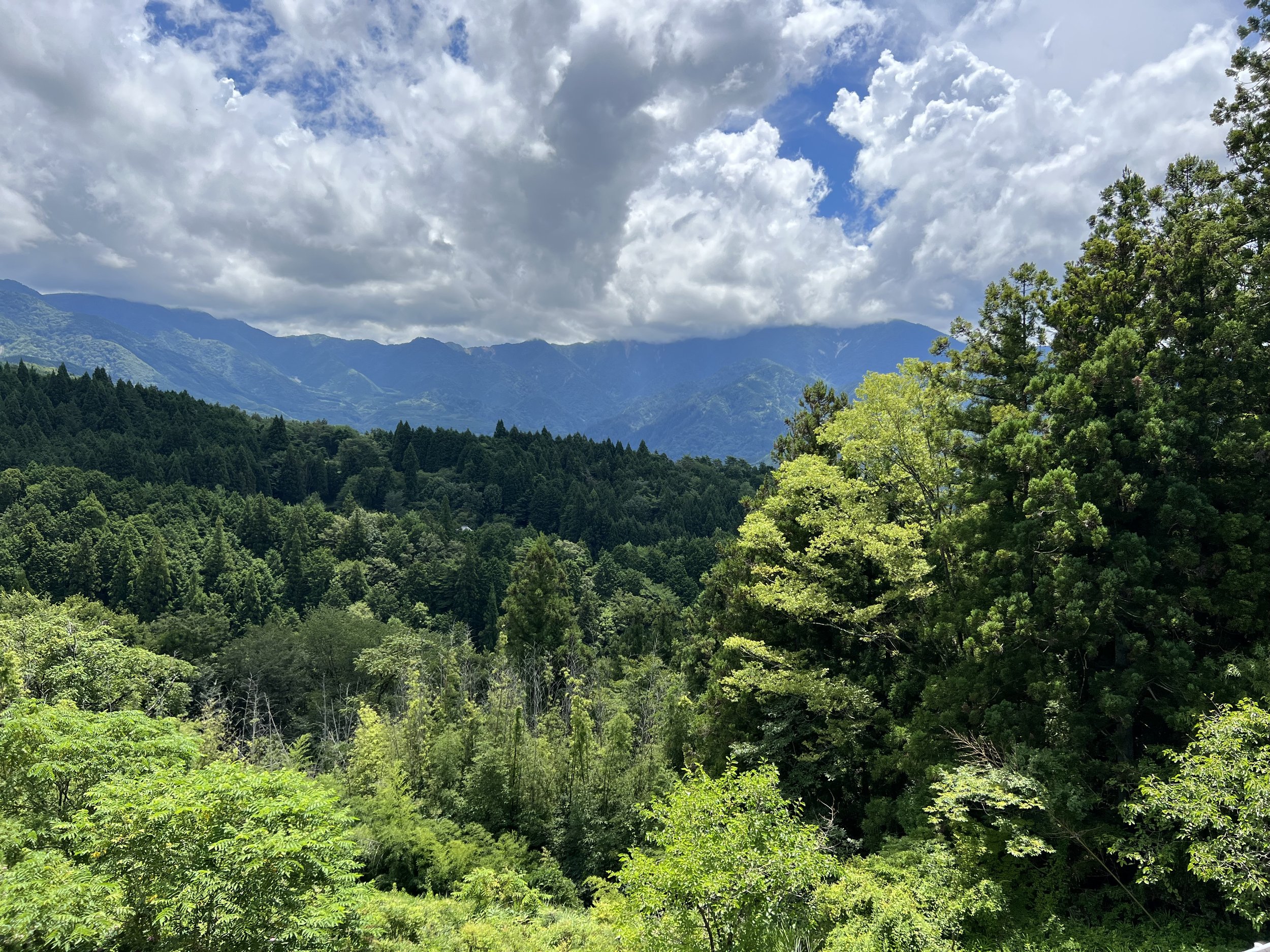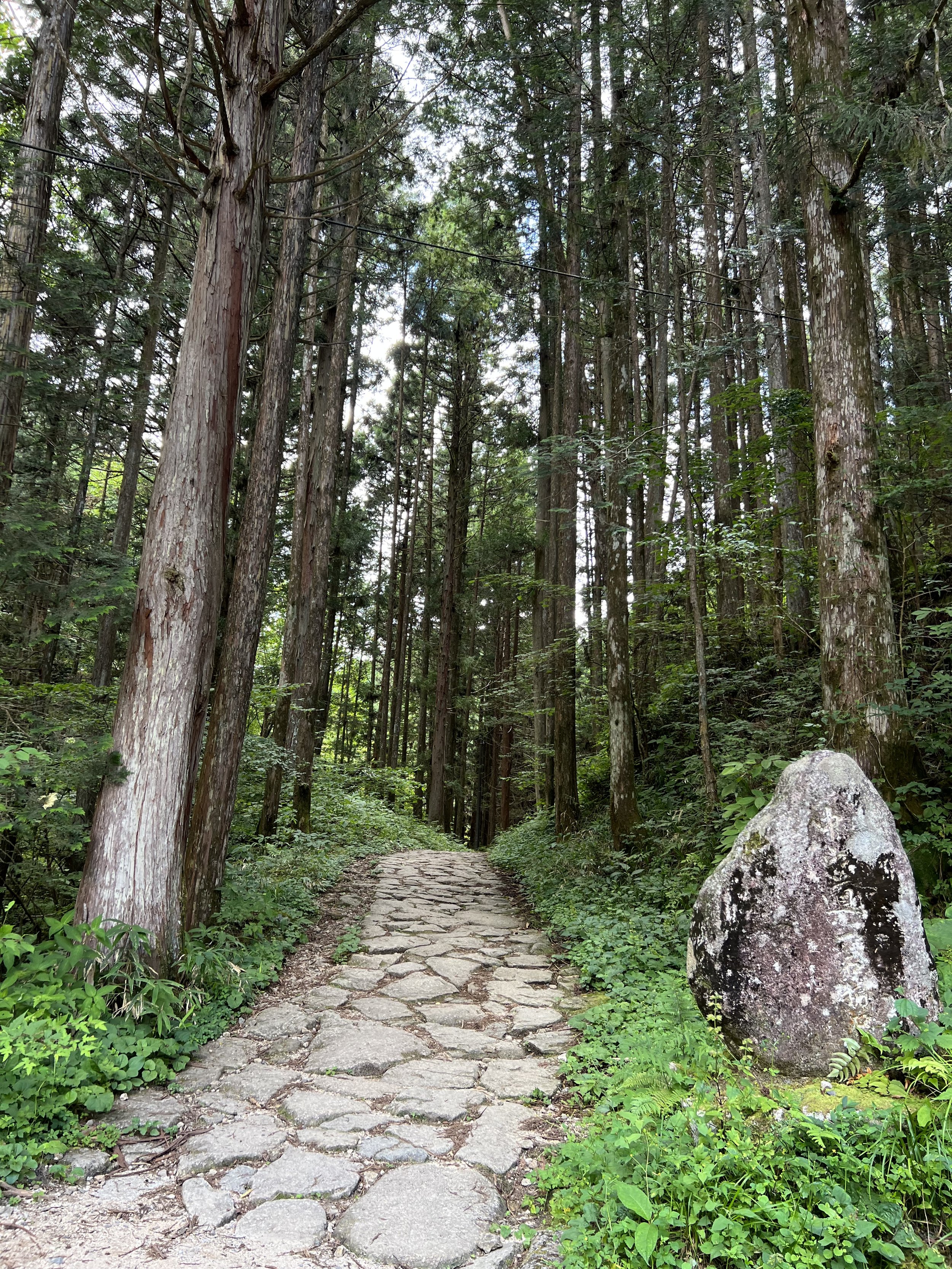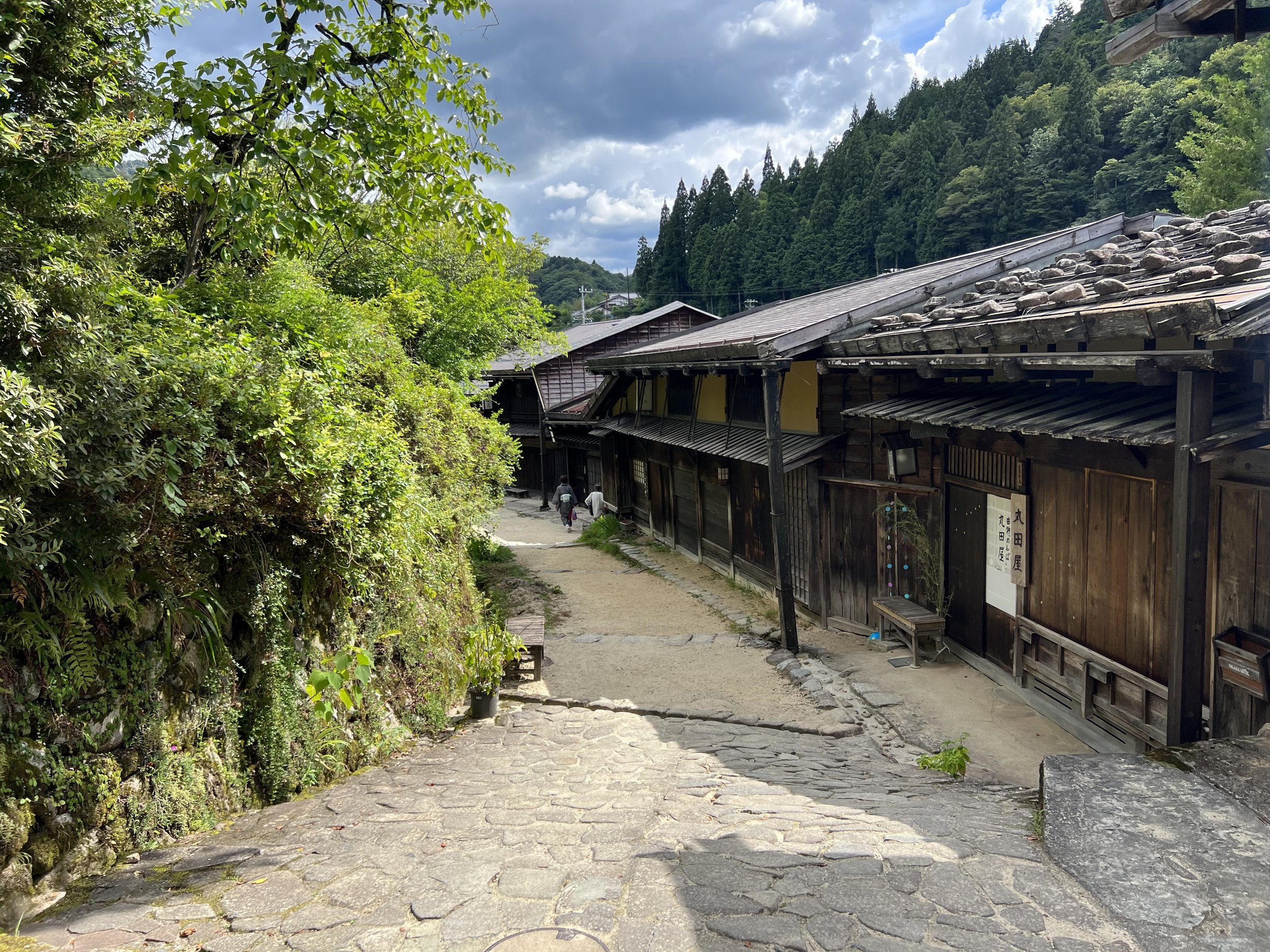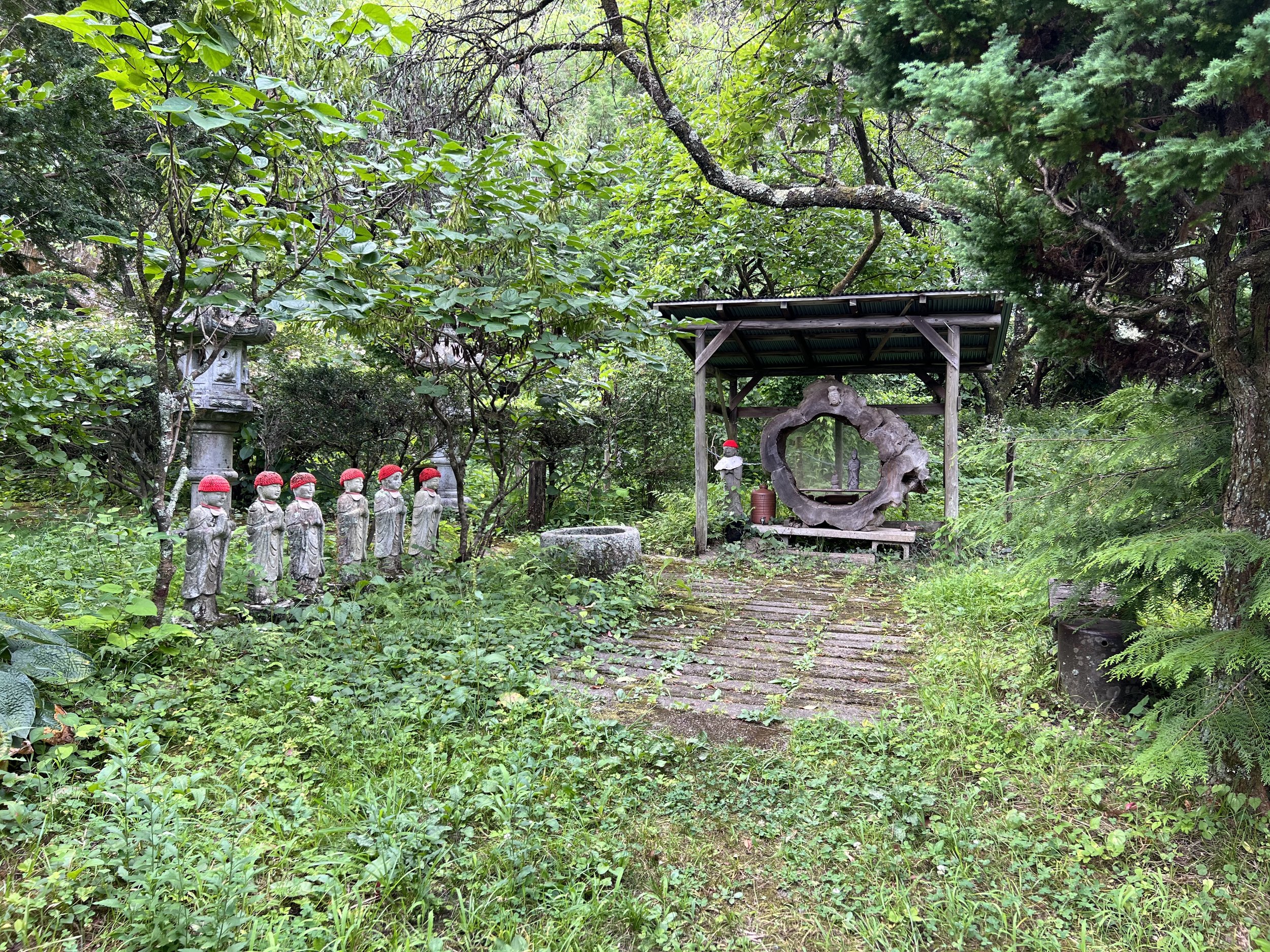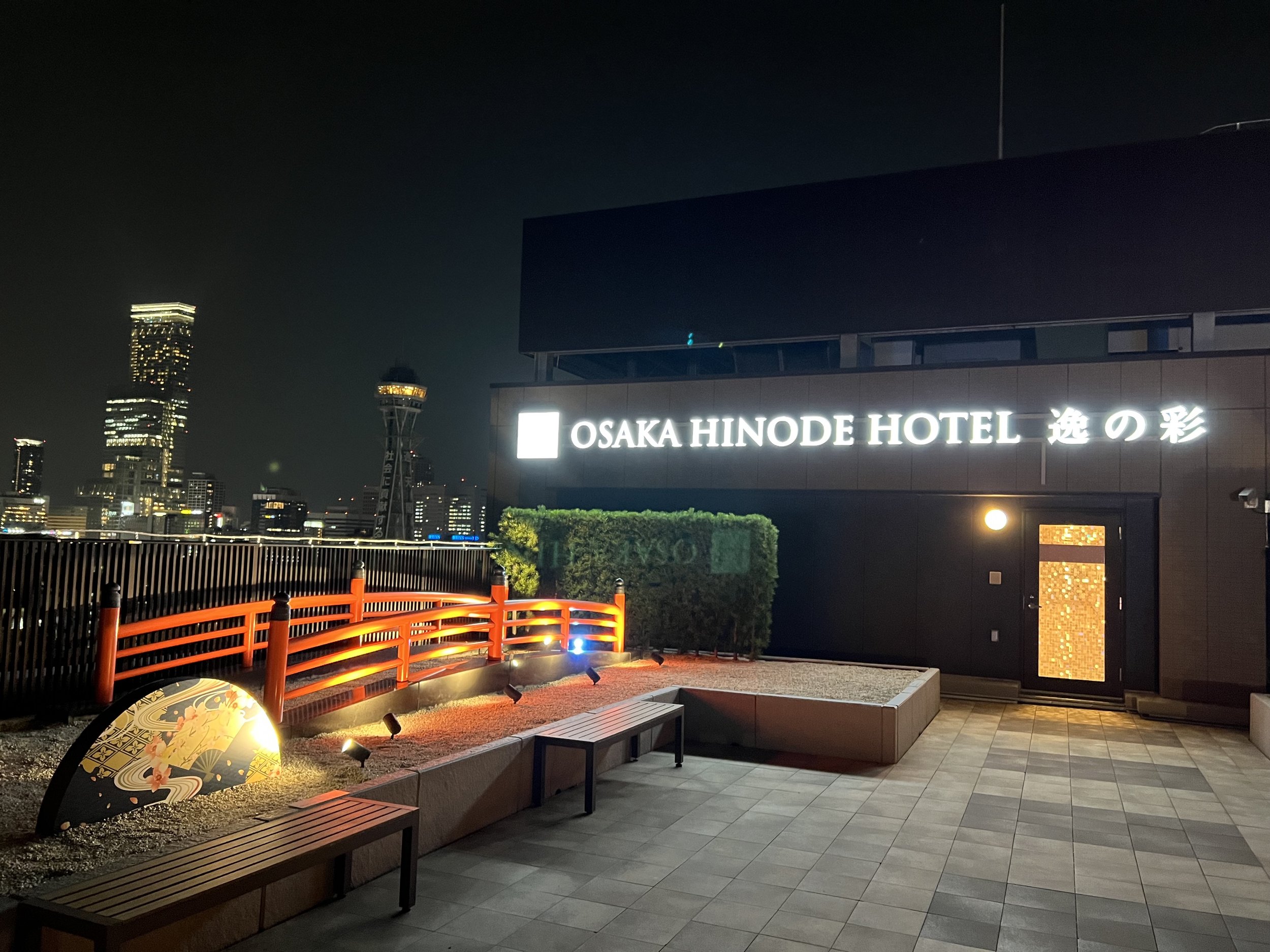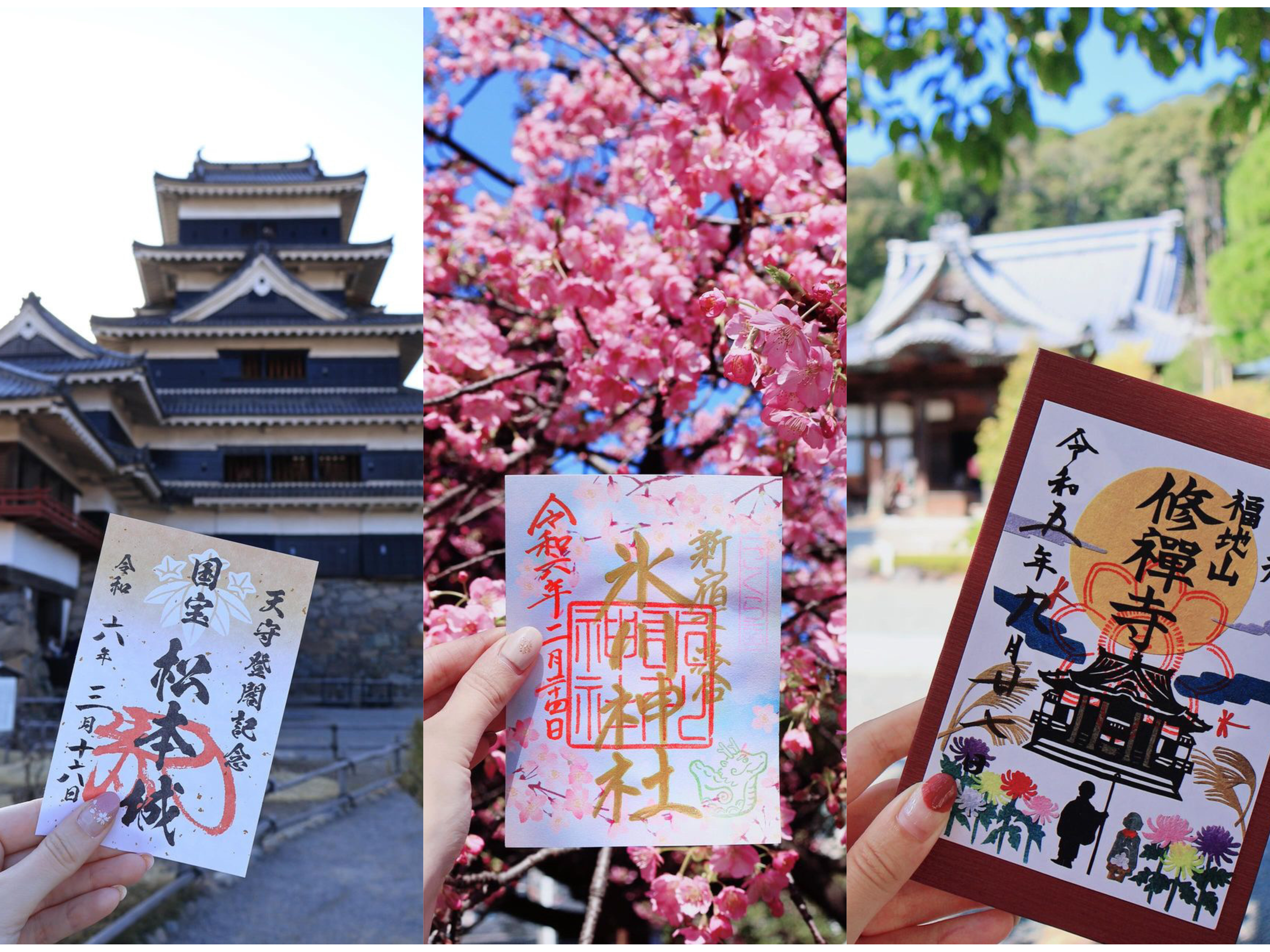A Hiking Guide to the Magome-Tsumago Nakasendo Trail
After writing recently about my hike over Torii Pass between Yabuhara and Narai on the old Nakasendo trail, I wanted to continue sharing my experience of walking one of the most popular hiking trails in Japan: the path between the two historic post towns of Magome (馬籠) and Tsumago (妻籠) on the Nakasendo in Kiso Valley (木曽谷).
What is the Nakasendo?
The ancient Nakasendo trail (中山道, meaning “middle mountain road”) was a 540-kilometre road that once connected Kyoto and Edo (Tokyo today) during the Edo period (1603-1867). Hiking parts of the Nakasendo is a way to step back in time and get a glimpse of the old Japan and some of the post towns where samurai and other travellers rested during their long journeys. In particular, visiting and hiking the historic towns of Narai (奈良井), Tsumago and Magome, is one of the best ways to experience traditional and rural Japan.
About the Magome-Tsumago Trail
The trail linking the two post towns of Magome and Tsumago on the old Nakasendo road is a popular hike in the Kiso Valley. Well known for its well-maintained section of the Nakasendo, the hike is relatively gentle and takes you through a variety of landscapes, from forest (including cedar, cypress, Japanese maples and bamboos) to countryside, passing though rural villages and fields of local residents.
Although it's possible to start this hike from either town, I'd recommend walking from Magome to Tsumago (which is the route I followed and write about in this article), as there are slightly fewer climbs than in the opposite direction. The walk is 8 km long and can be completed in around 3 hours at a leisurely pace. As the route winds through the forest most of the way, it is possible to do this hike even in the Japanese summer heat.
How to Get to Magome?
It is essential to plan your transport in advance for this hike, as trains and buses are not frequent in the area.
You will probably set off from Nagoya (1h30-2h journey time) or Matsumoto (2h30-3h journey time) and, given the transport required, you might consider sleeping in the region before or after your hike.
If you are tired of commuting and want a stress-free hike, try this day trip from Nagoya to Nakasendo trail.
Depending on the bus connections available, you can stop at either Nakatsugawa or Nagiso station and take a bus from there to Magome. Japan-Guide provides a useful summary of the bus timetables around Magome and Tsumago here.
If you are in Tokyo, there is also a highway bus departing from central Tokyo and arriving at Magome (with 15-20 minute walk to Magome’s main street).
View of the Kiso Valley from a train
In my case, I was spending a week in Nagano prefecture staying at a ryokan by a magnificent lake called Suwa-ko (I can’t wait to write about this beautiful place), and did a long day trip from there. Departing around 6am, I took a couple of trains to Nagiso station and then a connecting bus to Magome passing by Tsumago (a 3 hour one-way journey that was very worth it).
Hike the Magome-Tsumago Trail with Me
Arrive at Magome and Explore the Town until the Start of the Trail
Visiting in the middle of summer, at the beginning of August, I was overwhelmed by the beauty of the Japanese countryside as I got off the bus at Magome bus terminal. Doesn’t the following picture look like a painting?
Countryside view from Magome bus terminal
Beautifully restored and well maintained, Magome is well worth a leisurely exploration. There are several shops selling local souvenirs, which often also serve delicious street food such as dango to take away, cafés and restaurants, as well as a few museums and historical landmarks (ancient water mills, official bulletin board…). Signs and tourist information boards in English and Japanese will guide you through Magome as you make your way up the main street.
Magome-juku
I also enjoyed leaving the main street to visit a local temple, Manpuku-an Eishoji (万福庵 永昌寺), having a delicious Japanese dessert at Cafe Kappe (かっぺ), and stopping at the tourist information centre to pick up some interesting brochures on the Magome-Tsumago trail. At the tourist information centre, you can get a certificate for a small fee that can be stamped at the Magome and Tsumago information centres as proof of completion of the trail, which I found to be an excellent souvenir!
View from my table at Cafe Kappe
Coffee zenzai (コーヒーぜんざい)
I felt giddy after just spending an hour in Magome and imagining what was ahead, as exploring this rural, hidden and atmospheric part of Japan, is by far my favorite thing to do when traveling in Japan.
Follow the First Part of the Trail to the Tateba Tea House
Leaving Magome to follow the Nakasendo trail, you will begin to walk along forest paths, sometimes crossing the road or joining it temporarily. You cannot lose yourself as there are regular signs indicating the direction and distance left to Tsumago.
You'll pass rice fields, bamboo groves and forest with some beautiful Japanese maples as well as some historical landmarks such as an old water mill.
As you walk along, you'll pass Juri (お食事処 樹梨), a local restaurant selling among others ice cream and kakigori (the ultimate Japanese summer treat), and a cute little garden called Owaki's Garden, with some rustic sculptures and decorations, open to the public for those willing to make a little diversion. I remembered reading a sign from the owner of the garden saying that he wasn't responsible for visitors' disappointment, which I thought was brillant and definitely made me want to pass by.
Juri
Owaki’s Garden
The walk that followed through a quiet, empty wooden village added to the impression of travelling back in time. As always, shrines lovers like I may want to do a small detour to check out the old and serene local shrine, Kumano-jinja (熊野神社).
Kumano-jinja
After a little more walking in the forest, you can take a well-deserved rest at the Tateba Tea House, a very old building managed by volunteers where you can enjoy a free cup of hot or cold tea (depending on the season) before continuing your journey. If you are taking a guided tour, make sure it includes a visit to Tateba Tea House, like this one.
Tateba Tea House
Continue your Hike and Enjoy a Variety of Landscapes in the Japanese Countryside
Well-rested, time to continue your walk as you dive into a beautiful cedar and cypress forest. Alone with the soothing quietude of the trees, this section was one of my favorites of the day and I had a relaxing moment of “forest-bathing” (森林浴, shinrin-yoku).
The next landmarks on your way are two waterfalls, Otaki and Metaki falls (男滝女滝, meaning male and female falls), next to each other. It's another great place to take a short break and enjoy the relaxing sound of the waterfalls and the cooler air.
Metaki Fall
Otaki Fall
A little later, you come to a short section where the old stone path zigzags through the forest, which was one of the most picturesque parts of the walk.
The rest of the trail passes through more countryside, with small villages, guesthouses (called “minshuku”), a couple of restaurants and farms.
Arrive in Tsumago and Explore the Historic Post Town
In comparison to Magome, I would say that Tsumago has a more rustic feel. The absence of cars as well as tv antennas and electrical wires really allows you to travel back in time in the Edo era and enjoy the authentic atmosphere of this well-preserved town. Similarly to Magome, I can only recommend you to spend a while exploring Tsumago, with its historical buildings and traditional inns, souvenir stores, restaurants and tea shops. You can visit the Nagiso History museum, or famous historic ryokans, Honjin and Waki-Honjin (combinaison tickets are available). After the 8 km walk, I was delighted to fill up on delicious snacks such as baked rolls with chestnut paste and gohei-mochi rice cakes.
I also recommend you to pay a visit to the local temple in Tsumago, Kotokuji Temple (光徳寺), located on a hill from which you can enjoy a nice view of town and the valley. The temple contained some interesting objects, and you can get a goshuin stamp from the clerk in exchange for a small fee.
(OPTIONAL) Continue Hiking the Nakasendo to Nagiso Station
Still got energy to spare? Instead of taking a taxi or a bus from Tsumago, you can continue walking along the Nakasendo to Nagiso station, where you can catch a train to your next destination. The stretch from Tsumago to Nagiso is 3.5 km long and takes about 1 hour.
The landscape is not as impressive and diverse as the Magome-Tsumago section, but I enjoyed it as there were some nice views of the countryside and a few interesting landmarks along the way like the Tsumago castle ruins (妻籠城跡) and religious landmarks such as Shinmei Shrine (神明神社) and Kabuto Kannon (かぶと観音) and I enjoyed the calm and serenity of the moment, being the only one to have ventured on this part of the Nakasendo at the time.
Hiking Tips to Know Before Doing the Magome-Tsumago Trail
Don’t forget to bring cash with you (including small notes). I'll tell you about my personal experience: I didn't realise that I only had a 10,000 yen note when I was about to ride the bus to Magome from Nagiso, and there were signs everywhere saying that 10,000 yen notes were not accepted, but the driver was kind to me and agreed to give me some change so that I could pay for my journey. Also, many of the shops in the two towns do not accept cards.
Make sure to visit the information centers in Magome and Tsumago for valuable information about the two towns and the hike.
Baggage forwarding system is available between Magome and Tsumago. I didn’t use it myself but saw several signs promoting this system. You can find more information at the tourist information centre of each town and on this touristic leaflet made by Nakatsugawa city.
Restrooms can be found along the trail at regular intervals between Magome and Tsumago but there are none between Tsumago and Nagiso station.
There are a few restaurants along the hike and a couple of vending machines, but I would recommend to bring water and snacks with you in case.
Where to Stay on the Nakasendo
You might want to stay overnight to either Magome or Tsumago/Nagiso before or after your hike. Both offer different lodging options, from charming ryokan (Japanese traditional inn) to budget-friendly guesthouses that provide a cozy base for exploring. Based on reviews, I’d recommend Tajimaya in Magome for its for its warm hospitality, authentic atmosphere, and delicious home-cooked meals.
You can find a few options on Agoda and Booking, and if you need more choices, I’d recommend to check Google Maps as well for nearby hotels and inns in the area you're planning to stay. It’s a great way to discover hidden gems and read reviews from travelers who’ve recently visited!
To Conclude
What I particularly liked about this hike is the variety of landscapes (rice paddies, bamboo groves, cedar forests, waterfalls, countryside villages…). I ended my day of exploration feeling deeply pleased by what I had experienced. While this hike is quite popular among foreign tourists, it was still far from crowded when I went in the mid-summer.
Interesting in walking more of the Nakasendo? You may be interested by my article on Nakasendo Torii Pass - A Rewarding Hike From Yabuhara to Narai.
Found this article helpful? Buy me a coffee. 😊
Want to stay in touch? Subscribe to my monthly newsletter (with latest articles, updates, travel tips and more...) delivered straight to your inbox. 📩
Some of the links in this Magome-Tsumago Hiking Guide are affiliate links. At no extra cost to you, I may earn a small commission when you click on them and make a purchase. And if you do, thanks for your support! Purchasing through these links is a great way to support Travely Notes, as this helps with the costs of running my blog.





